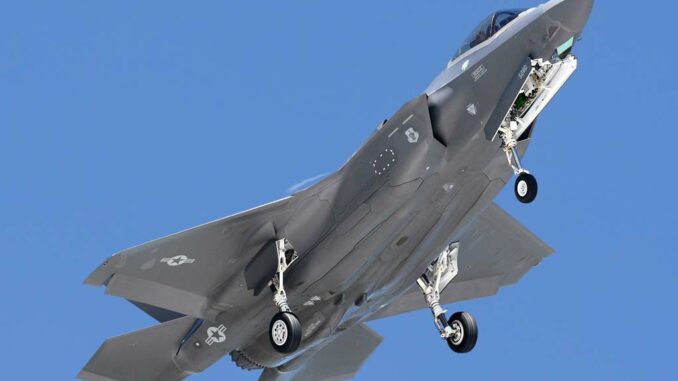
Canada’s acquisition of the new fleet of F-35 fighter jets represents an estimated investment of C$73.9 billion over their lifetime, according to the Office of the Parliamentary Budget Officer. This amount covers the purchase, operation and maintenance of the aircraft, which will replace the RCAF’s aging CF-18s between 2026 and 2032.
Air fleet renewal context
The Canadian government has begun the process of renewing its military air fleet, with the purchase of new F-35 fighters to replace the Royal Canadian Air Force’s (RCAF) CF-18s, which have been in service for decades. This decision marks an important step in the modernization of Canada’s air defense capabilities.
Financial analysis of the acquisition
The independent analysis by Parliamentary Budget Officer (PBO) Yves Giroux corroborates the government’s January estimates, with an acquisition cost of C$19.8 billion. This figure includes the cost of the 88 aircraft, as well as spending on weapons, infrastructure and training.
The purchase agreement with lockheed martin
In January, an agreement was reached with Lockheed Martin and the U.S. government for the purchase of the F-35, at a unit cost of around 85 million U.S. dollars. This agreement underscores the military cooperation and defense relationship between Canada and the United States.
CF-18 replacement
The RCAF’s current CF-18s, which are approaching fifty years of service, will be progressively replaced by the F-35, with the first aircraft to be delivered in 2026 and the last in 2032. This transition highlights the logistical and technical challenges involved in renewing an aging fleet.
Maintenance costs for CF-18s
Keeping CF-18s flying until the arrival of the F-35 requires investments of several hundred million dollars. This illustrates the complexity and often underestimated costs of extending the life of weapons systems.

F-35 service life and operational costs
The F-35, with a planned service life of 30 years, will generate operational costs of 53.8 billion Canadian dollars. These costs reflect the maintenance, training and technological upgrades required during the aircraft’s operational life.
Consequences of potential delays
A warning has been issued concerning the financial impact of potential delays in the program: a one-year delay could increase the costs of the acquisition phase by C$400 million, and a three-year delay could increase them by up to C$1.1 billion. This warning highlights the budgetary risks inherent in major defense projects.
Advance spending on the f-35 program
The report does not include the C$500 million already spent by the federal government between 2010 and 2022 on the U.S.-led multilateral initiative known as the Joint Strike Fighter program. This earlier investment demonstrates Canada’s long-standing commitment to this international program.
Evolution of acquisition policy
The acquisition policy has seen several twists and turns, with changes in direction since the Conservative government’s initial commitment in 2010, re-evaluations following concerns about costs and capabilities, and the 2015 Liberal promises of an open competition that would exclude the F-35.
Withdrawal of the Super Hornet plan
The plan to purchase 18 Super Hornets as an “interim” measure was cancelled after a commercial dispute between Boeing and Montreal-based aerospace company Bombardier. This forced the government to rethink its fighter acquisition strategy.
The open tender process
Ottawa launched an open tender process for the new fleet in July 2019, marking a crucial step towards a more transparent and competitive approach to modernizing its air force.
Consequences and implications
Canada’s acquisition of the F-35 raises a number of strategic, economic and operational issues. In defense terms, it strengthens Canada’s ability to ensure its sovereignty and contribute to NATO’s collective security. Economically, the implications are significant, encompassing not only the initial investment but also operational and maintenance costs over several decades.
The purchase of the F-35 fighter represents a necessary but costly modernization of Canada’s air combat fleet. As the country prepares to face the security challenges of the 21st century, this strategic investment positions Canada in a new era of advanced air defense. However, effective project management and cost control will remain crucial to the long-term success of this ambitious undertaking.
War Wings Daily is an independant magazine.